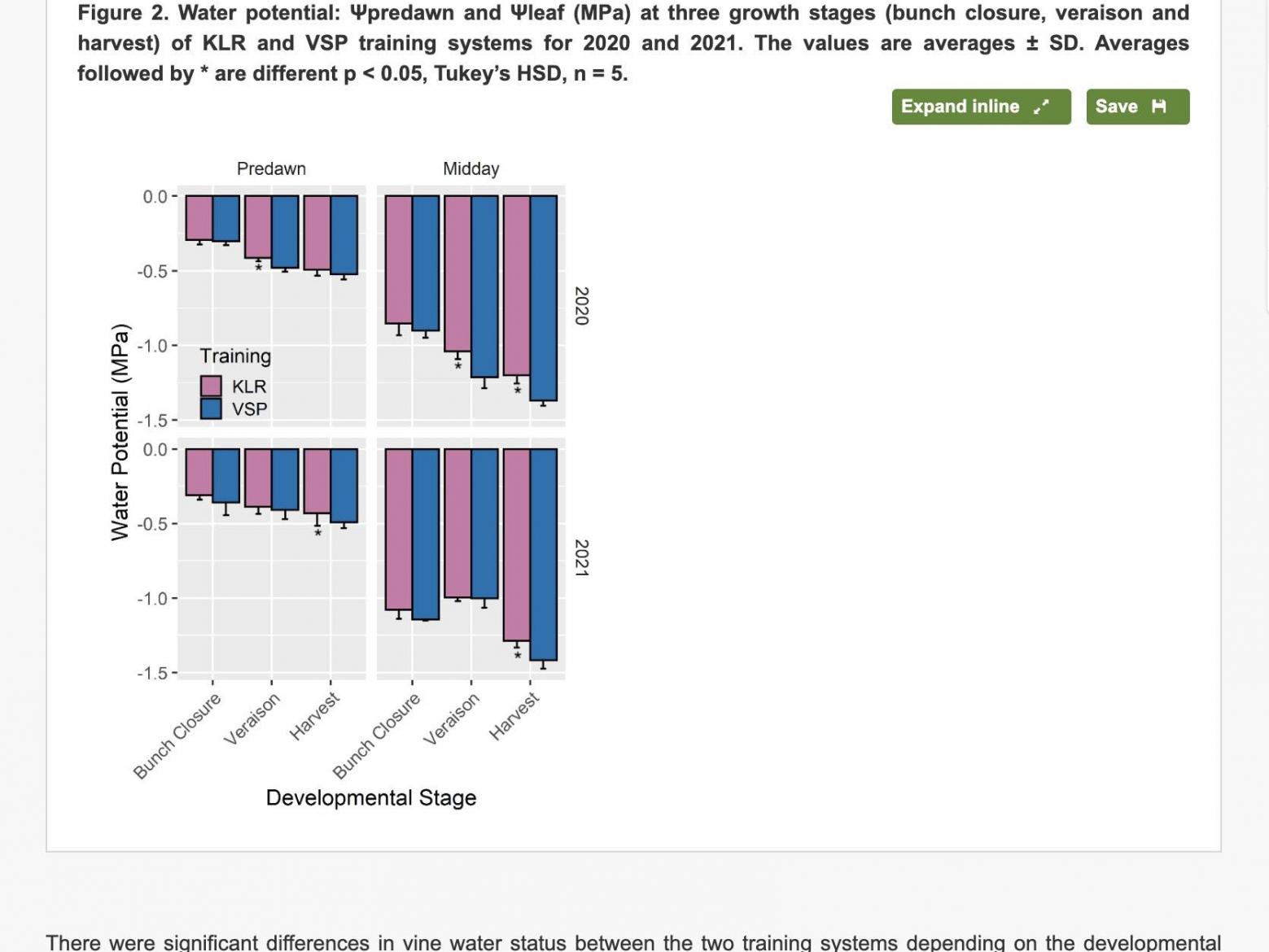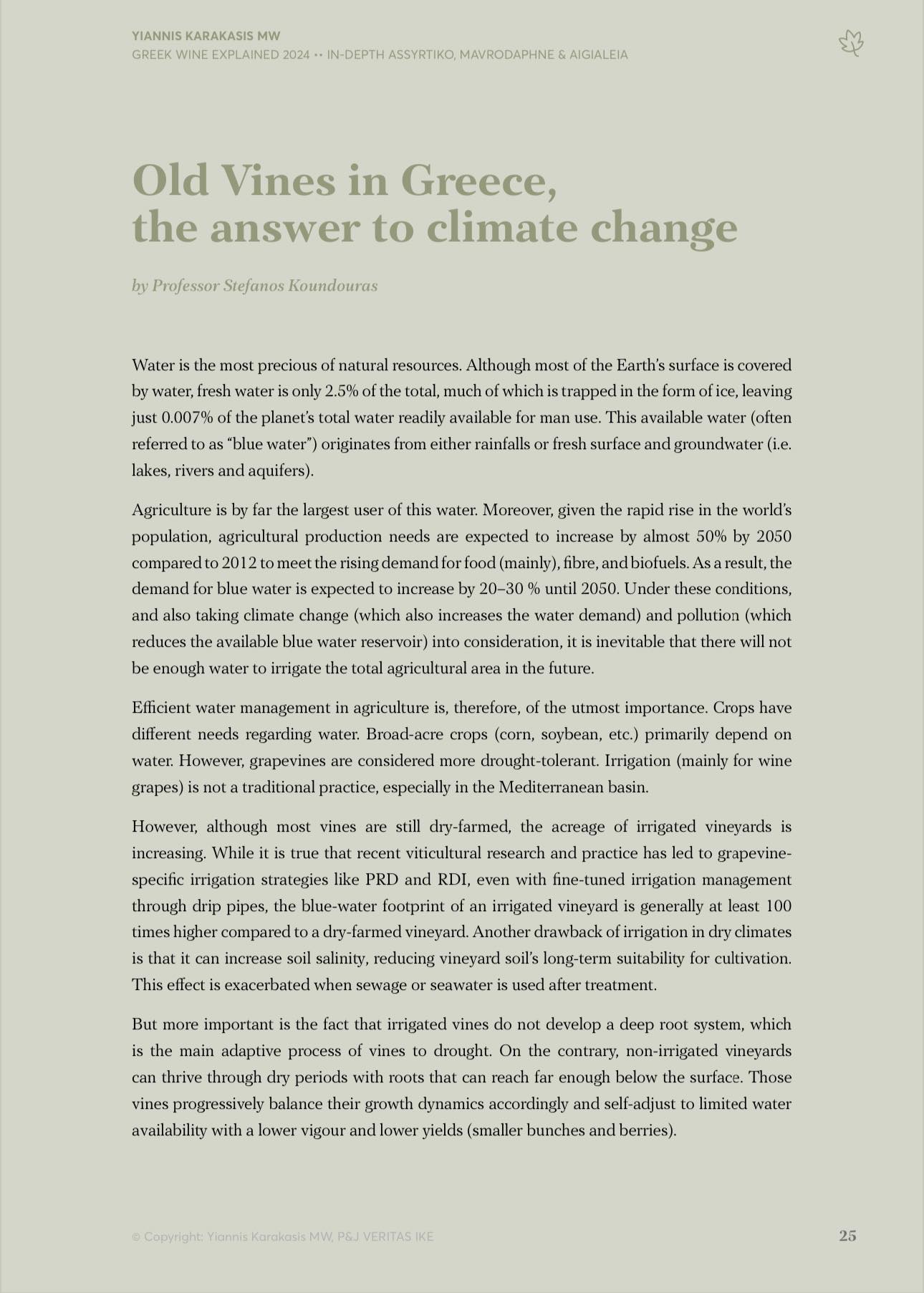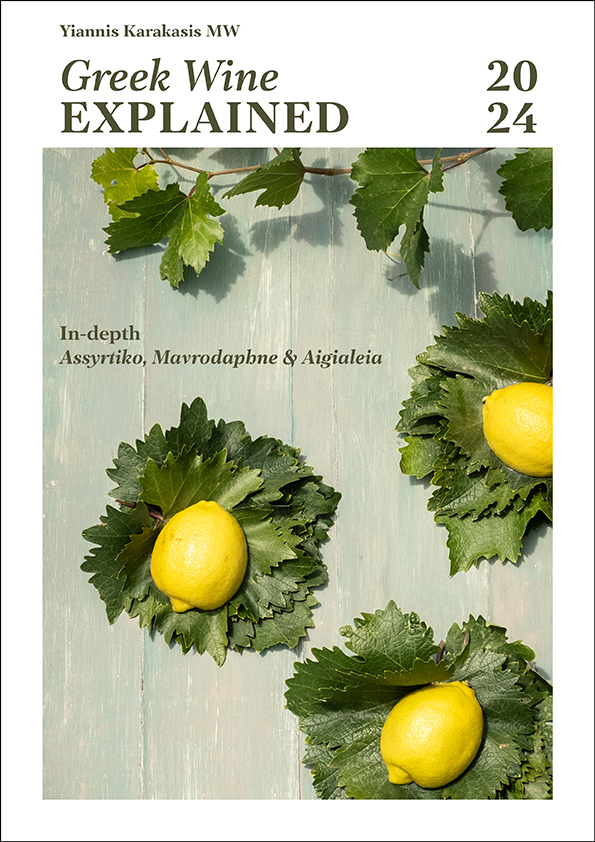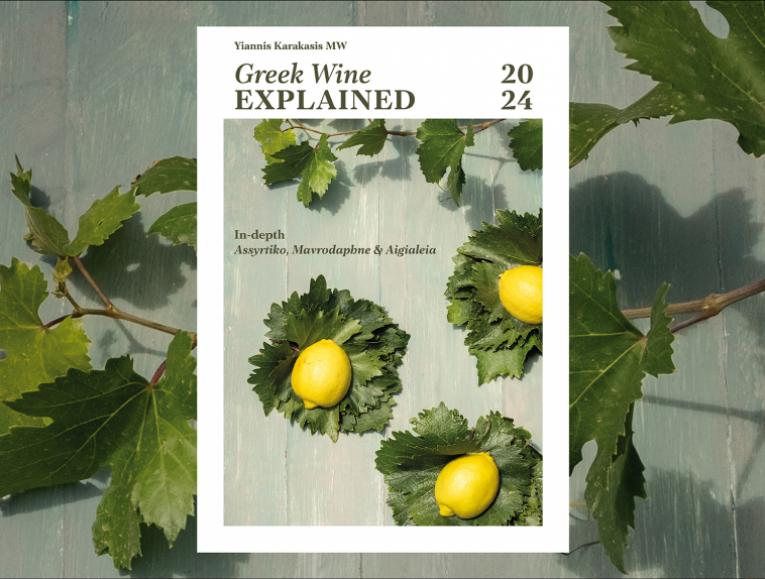Recent study on training systems in Santorini shows that the basked trained system is the best solution to climate change
By Yiannis Karakasis MW
*Photo from A comparative study on training systems and vine density in Santorini Island: Physiological, microclimate, yield and quality attributes (Efstratios Guillaume Xyrafis, Gregory A. Gambetta, Katerina Biniari)
Climate change has been a topic of intense discussion lately, growing more pronounced each year. March 2024 marked the warmest March of the last two decades in Greece, while winter as a season seems to be fading away. Within this concerning backdrop for producers and viticulturists, we also see a significant debate on preserving the viticultural heritage in Santorini. Should the vineyards be irrigated or not (as is the current situation)? Is the traditional kouloura (basket-trained system) the appropriate vine training method, or should we transition to a VSP (Vertical Shoot Position) system with wires? What are the advantages and disadvantages of each choice?
Some may be familiar with the VSP system vines, known as "heretical" vines, that Paris Sigalas experimented with while still at the Domaine Sigalas. Indeed, during one of our meetings with Paris, I blind-tasted a wine from the traditional kouloura system alongside one from a VSP system. There was no qualitative comparison, but that's another discussion. Recently, I read a published study comparing the kouloura with the VSP system in Santorini with great interest. The study, titled A comparative study on training systems and vine density in Santorini Island: Physiological, microclimate, yield and quality attributes, (Efstratios Guillaume Xyrafis, Gregory A. Gambetta, Katerina Biniari Vol. 57 No. 3 (2023): OENO One) compares neighbouring vineyards in Santorini Oia of the same age planted in 2006, during two different vintages, 2020 and 2021, the latter being a particularly challenging vintage with drought conditions and extreme temperatures. In 2020, total rainfall was 328 mm; in 2021, it was nearly half (178 mm). The basket-shaped vineyard had 1900 plants per hectare, pruned to 4-6 canes with 8-10 buds each (total buds ranging from 32 to 60), while the VSP had 5300 plants per hectare, pruned to one cane with 8-10 buds each.
The fascinating findings show that the basket-shaped system is clearly a better choice than the VSP system. It showed:
better water potential, especially approaching harvest (note from the research that the VSP system is more stressed);
better photosynthesis per leaf during the veraison period (i.e., the leaf operates better in the basket-shaped system);
and better behaviour towards the temperatures of exposed grapes during midday hours.
However, the most exciting result is from Table 4, which shows that in 2020, the number of bunches per vine in the basket-shaped system was significantly higher 8.2 ± 3.2 compared to 4 ± 2 in the VSP system, respectively, while the total yield per hectare was very close, 3600 kg vs 4000 kg per hectare. The situation was more extreme in 2021, with the number of bunches being 7 ± 2.2 in the basket-shaped system vs 2.4 ± 1.4 in the VSP system and higher yields per hectare (2400 kg for basket-shaped vs 2100 kg, showing that the heatwave negatively affected the VSP system). In other words, the kouloura system is more productive than the VSP system, according to the research data.
In summary, the behaviour of the basket-shaped system is better even in the hot topic of yield per hectare, without even considering the issue of the quality, uniqueness, and authenticity of the wines. However, while the choice of the basket-shaped system seems correct, producers should discuss its implementation. The main issue is the pruning method, which leaves too many buds that not only do not increase yields but also exhaust the plants and have the exact opposite result, comments Professor of Viticulture, Dr Stefanos Koundouras. Instead of 4 canes, a pruning of 2 canes could be done with 8-10 buds each, which would be more productive. Having over 30 buds per plant is too many for the basket-shaped system, resulting in many not opening, and in the end, each kouloura has fewer bunches than it could. The education of local agronomists is crucial, believes Dr. Koundouras.
In the recent annual guide for Greek wine, Greek Wine Explained 2024, together with Evmorfia Kostaki, we have dedicated an entire chapter to discussing the above topic and the importance of old vines in response to climate change. We also discussed another hot topic: irrigation and how if you water the plants, they will increasingly demand it, developing superficial rather than deep roo






